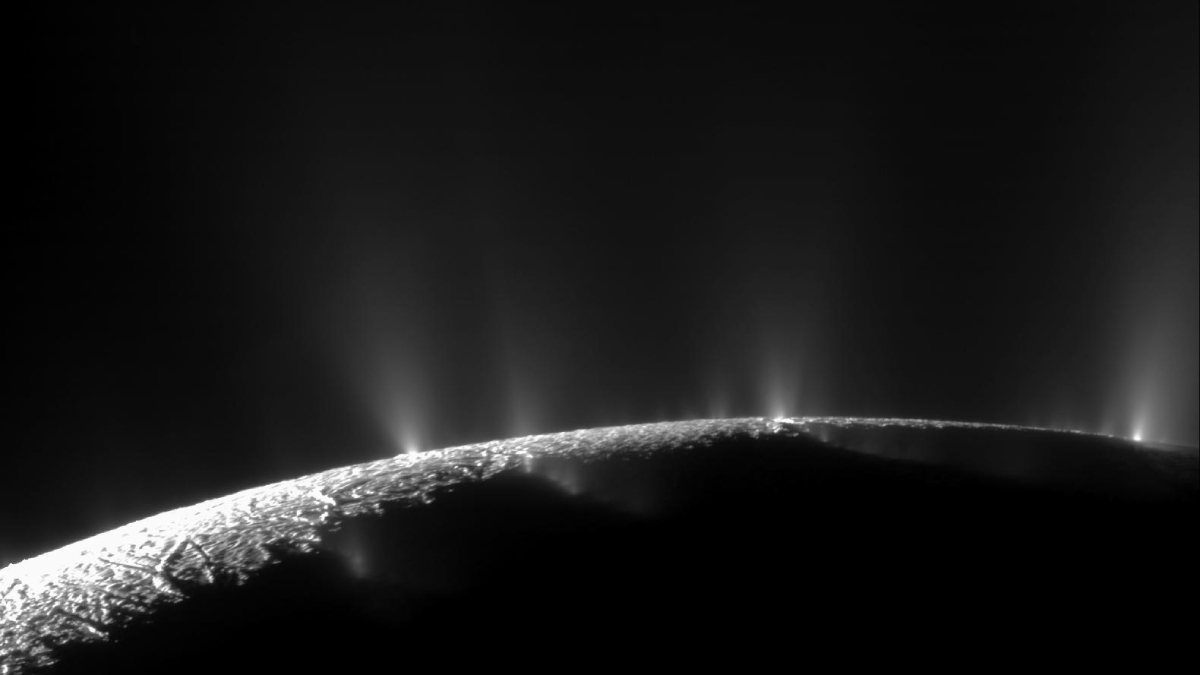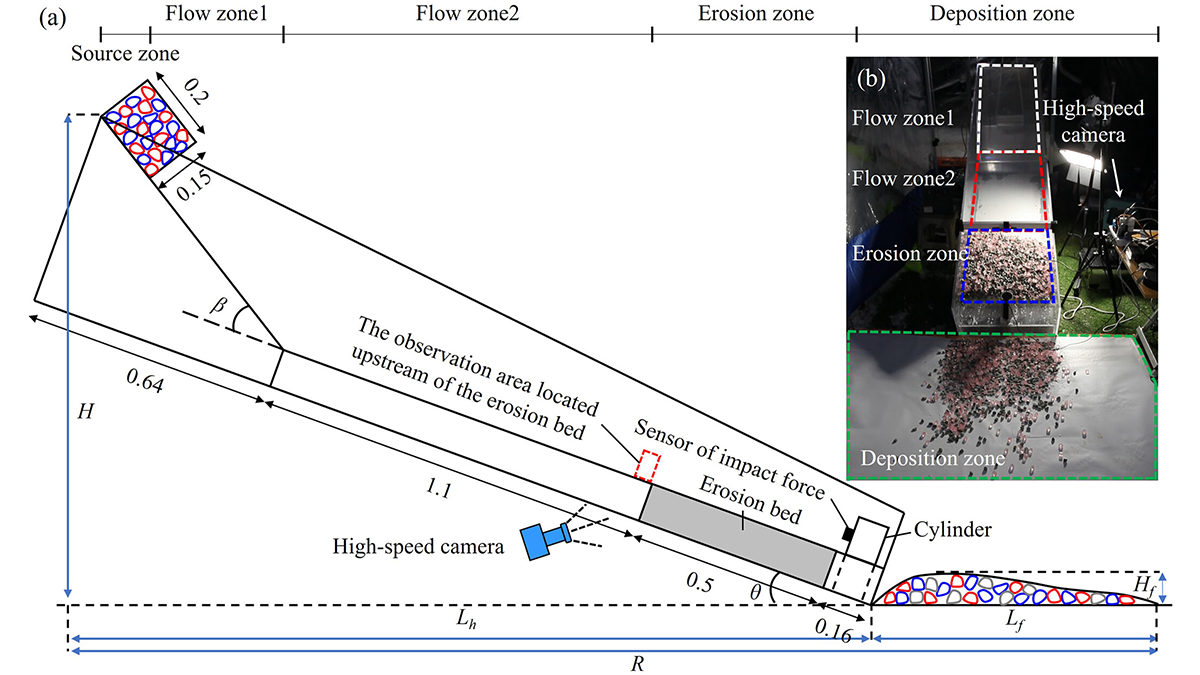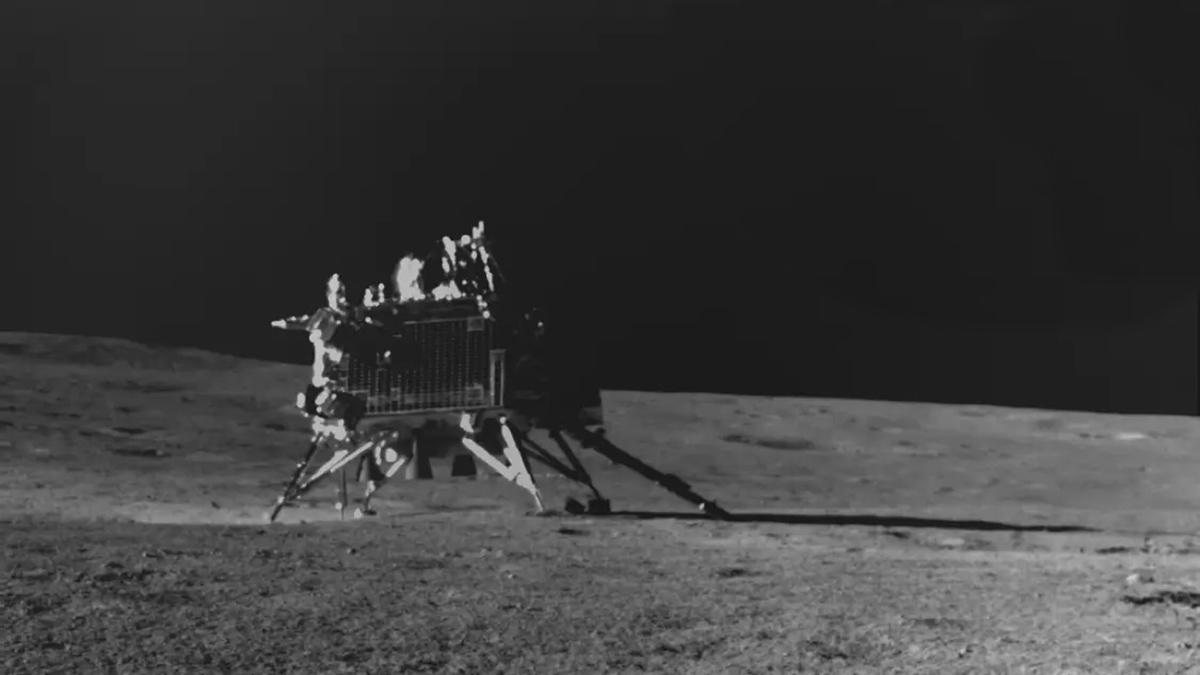The three glacial cores will unlock mysteries about past climate and weather patterns in central Asia.
ice
Speedy Flyby Adds New Organics to Enceladus’s “Primordial Soup”
A new analysis of old Cassini data has also verified past detections of complex organics in Saturn’s E ring, strengthening the chemical ties between the ring and its progenitor.
1.5 Million Acres of Alaskan Wildlife Refuge to Open for Drilling
A large swath of the Arctic National Wildlife Refuge (ANWR) will soon open for drilling, the Trump administration announced today.
Ice Diatoms Glide at Record-Low Temperatures
New observations reveal how microscopic organisms move through polar ice and illustrate how they may have evolved to thrive in extreme environments.
Dust Is the Sky’s Ice Maker
New analysis links desert dust to cloud freezing, with big implications for weather and climate models.
Rock-Ice Avalanche Dynamics: What it Erodes Can Affect How Far it Goes
Using small-scale physical experiments, the mobility of rock-ice avalanches is linked to variability in the earth materials that are encountered along the flow runout path.
Infrared Instruments Could Spot Exotic Ice on Other Worlds
Phases of ice that exist naturally only on frozen moons could be detected using infrared spectroscopy, according to new laboratory experiments.
Revised Emissions Show Higher Cooling in 10th Century Eruption
The associated cooling from the Eldgjá eruption is larger than previously predicted and better matches tree-ring temperature reconstructions based on updated estimated emissions.
When Ice Ages End, Ocean Circulation Fine-Tunes Ocean Heat
New Antarctic ice core data bolster model predictions of ocean heat content during glacials and interglacials.
Lunar Ice Might Be Easier to Reach Than We Thought
An instrument aboard the Vikram lander suggests that buried water ice could be found at higher latitudes, making it more abundant and easier to extract than previously believed.










